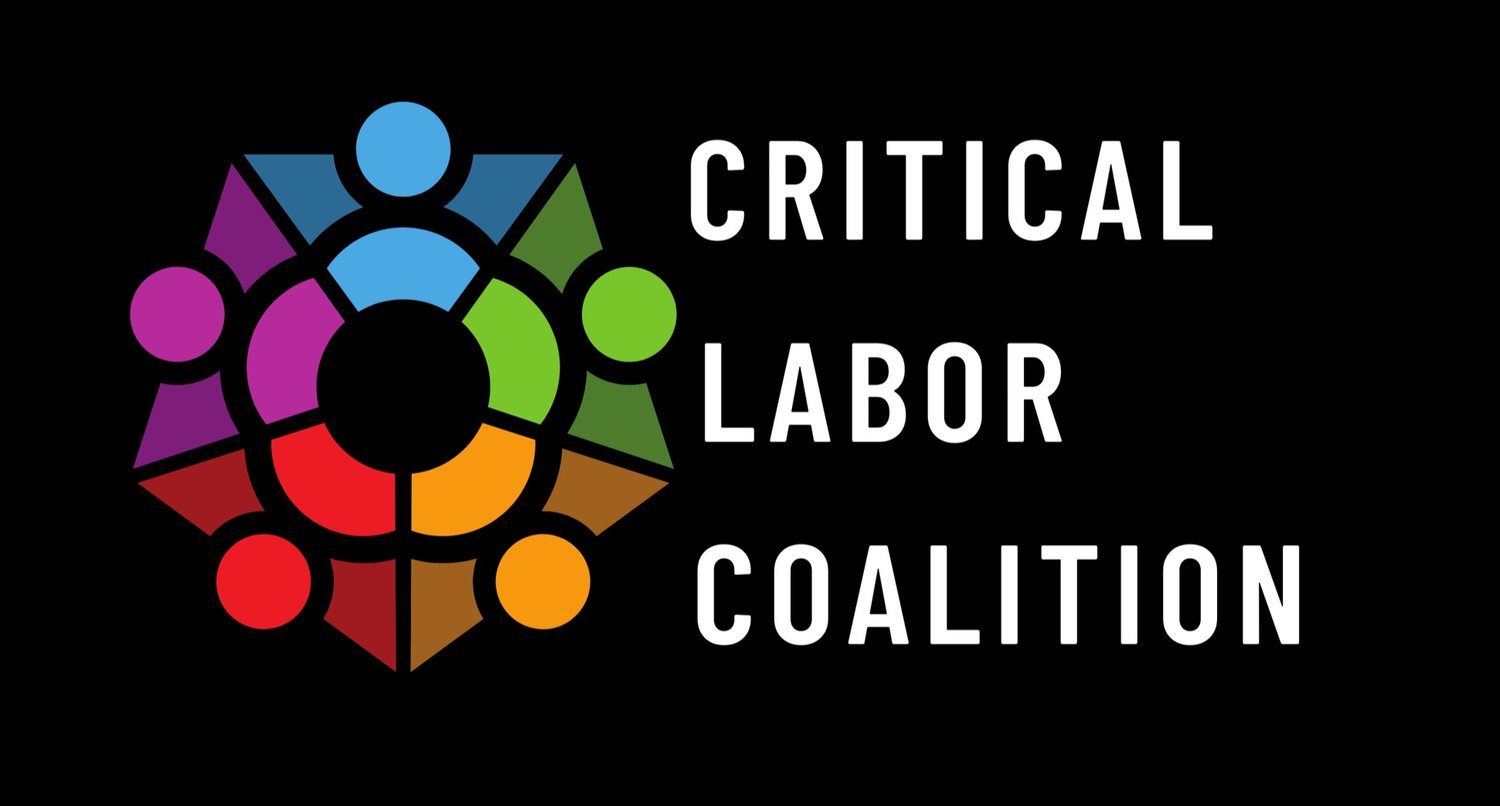Expand the Earned income Tax Credit Eligibility
What is the EITC?
Created in 1965 in the Nixon Administration, the Earned Income Tax Credit (EITC) was created to support low-income workers by reducing the impact of federal payroll and income taxes. Widely credited with reducing poverty for millions of entry-level workers, especially single mothers, the credit was claimed on 1 in 6 federal income tax returns in 2018.
WHY DOES expanding THE EITC MATTER?
The “Great Resignation” in the United States saw a record 4.53 million workers quit their jobs in March 2020, beating the previous series high of 4.51 million in November 2021, according to the Job Openings and Labor Turnover Survey (JOLTS) released by the U.S. Department of Labor’s Bureau of Labor Statistics.
The Coalition of Franchisee Associations, Critical Labor Coalition, Golden State Opportunity and other non-profit groups are exploring solutions to the current shortage of entry-level workers in the US economy. One proposal is expanding the Earned Income Tax Credit (EITC) to workers between 18 and 64 who are otherwise eligible for the tax credit.
The American Rescue Plan (ARP)
ARP expanded the EITC for childless workers by lowering the eligibility age to 19 and removing the cut-off age. ARP also tripled the tax credit, raised the income limits and made half the credit payable monthly. However, those provisions expired at the end of 2021.
the solution
A permanent expansion of EITC to include those 18 and older would incentivize young adults and retirees to enter or reenter the workforce. If passed into law, this proposal would benefit approximately 5 million workers ages 18-24 and over 2 million aged 64 and older.
What’s the current problem with the EITC?
The credit includes age restrictions for workers without children: it begins at age 25 and is unavailable over age 64 (full-time students under 25 are also ineligible for the credit). The result is young workers ages 18 to 24 who may have dropped out of school or who have a high school diploma and no family support, are ineligible for the credit. Similarly, workers over 64 who may have a very small Social Security benefit and need to continue working are also excluded.
the takeaway
While the amount of the credit and income limits would remain, expanding the number of workers eligible for the credit would lift many from poverty and reduce the number pushed deeper into poverty by federal taxes. This would incentivize people to join the workforce, stimulate the economy and reduce the crippling labor shortage currently plaguing U.S. employers.



